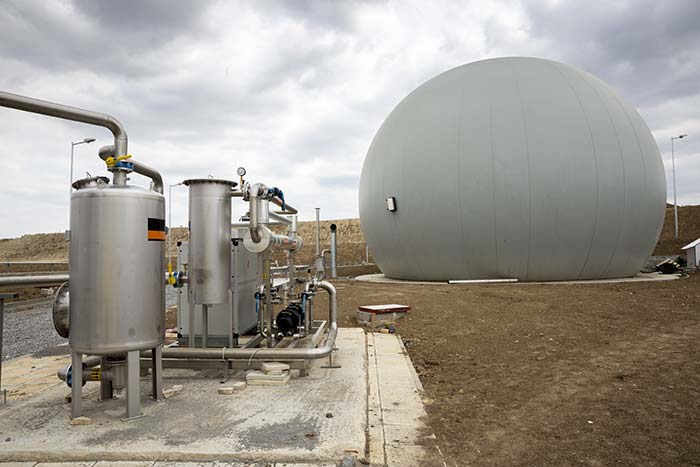Here in the Safety Net column, we typically analyze the safety of a company’s dividend.
But today, we’re doing something different.
We’re going to look at a company that has eliminated its dividend to see whether shareholders should have any hope of it being reinstated.
Comstock Resources (NYSE: CRK) is an independent natural gas producer in Louisiana and Texas.
In 2022, the company generated $630 million in free cash flow while paying out $51 million in dividends. Last year, free cash flow swung to -$408 million, but Comstock still paid nearly $140 million in dividends.
As a result, the company announced in February that it was suspending its dividend.
The outflow of cash should improve this year, but it’s still expected to be well into the negative at -$159 million.

Comstock paid a dividend in 2013 and 2014 but eliminated it when free cash flow dried up. The company didn’t revive the dividend until 2022, when it was cash flow positive again. Then, when free cash flow slid back into the negative in 2023, management again took the painful but responsible action of getting rid of the dividend.
I suspect that if Comstock generates positive free cash flow for more than a year, it will resume paying a dividend to shareholders. But it won’t be a dividend that investors can rely on, because management has shown it will wipe it out if the company is not generating any cash.
I wouldn’t expect a dividend from Comstock for at least a year and a half – maybe more.
Since the company does not pay a dividend, there is no safety rating. But if it did pay a dividend, its grade would be an F.

If you have a stock whose dividend safety you’d like us to analyze, leave the ticker symbol in the comments section below.
You can also take a look to see whether we’ve written about your favorite stock recently. Just click on the word “Search” at the top right part of the Wealthy Retirement homepage, type in the company name and hit “Enter.”
Also, keep in mind that Safety Net can analyze only individual stocks, not exchange-traded funds, mutual funds or closed-end funds.
